Boonsong Lekagul was a Thai medical doctor, biologist, ornithologist, herpetologist, and conservationist.

The Indian roundleaf bat, also known as the large Ceylon leaf-nosed bat or Kelaart's leaf‐nosed bat is a species of bat in the family Hipposideridae. It is endemic to the Indian subcontinent, with marginal populations also detected in Southeast Asia. Its natural habitats are subtropical or tropical dry forests and caves. The bat has three subspecies that occur in India, Sri Lanka, and Myanmar. The Indian subspecies, H. l. indus, is smaller than the ones found in Sri Lanka and Myanmar, although there are no other characteristics that differentiate the subspecies.

The Malayan tailless leaf-nosed bat is a species of bat in the family Hipposideridae. It is a very small bat which has long and soft fur. The fur coloration is brown to blackish on the dorsal surface and ashy on the ventral surface. It can be distinguished from the other roundleaf bats by its small size and the absence of the tail. It is listed as vulnerable by the IUCN

The great roundleaf bat, also known as the great Himalayan leaf-nosed bat is a species of bat in the family Hipposideridae found in South Asia, Southeast Asia, and China. It gives birth to two young a year. It has been assessed as least concern by the IUCN.

The bicolored roundleaf bat is a species of bat in the family Hipposideridae found in Indonesia, Malaysia, the Philippines, Thailand, and Timor-Leste. This bat inhabits caves, rock crevices and tunnels among lowland forests. They roost in large numbers and consume mostly small winged insects. Their navigation and hunting skills come from the use of echolocation. Its leafnose is used to release ultrasonic shouts to distinguish its surroundings. Echolocation is also used to distinguish other species based on their wingbeat and size. The habitat of this bat decides the color of its fur. Bleaching fumes of a cave environment will cause an orange colored fur. Those who inhabit a well-ventilated roost will be a light brown color.
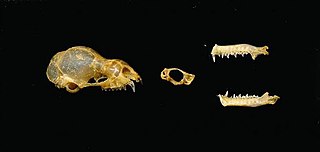
The ashy roundleaf bat is a species of bat in the family Hipposideridae found in Bhutan, Cambodia, India, Indonesia, Laos, Malaysia, Myanmar, Nepal, Pakistan, Thailand, and Vietnam.
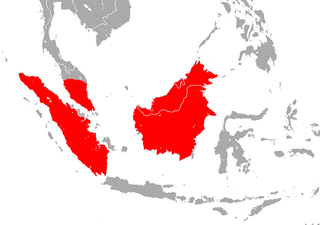
The Borneo roundleaf bat or Bornean leaf-nosed bat is a species of bat in the family Hipposideridae. It is found in Borneo, Sumatra and Peninsular Malaysia. Hipposideros sabanus is a synonym of this species.
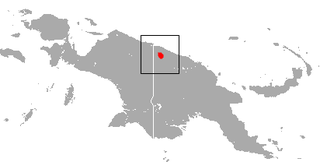
Hill's roundleaf bat is a species of bat in the family Hipposideridae endemic to Papua New Guinea.

The fulvus roundleaf bat or fulvus leaf-nosed bat is a species of bat in the family Hipposideridae. It is found in Afghanistan, Bangladesh, China, India, Myanmar, Pakistan, and Sri Lanka.

The Kolar leaf-nosed bat, or leafletted leaf-nosed bat is a species of bat in the family Hipposideridae. It is endemic to India. Its natural habitats are subtropical or tropical dry forests and caves. It is found in only one cave in India, and its population is less than 200 individuals.

The crested roundleaf bat is a species of bat in the family Hipposideridae. It is endemic to Indonesia.
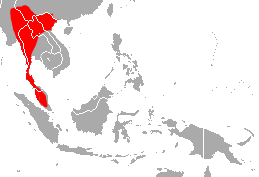
The shield-faced roundleaf bat is a species of bat in the family Hipposideridae. It is found in China, Laos, Malaysia, Myanmar, Thailand and Vietnam.
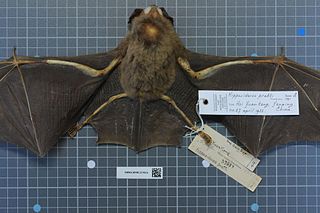
Pratt's roundleaf bat is a species of bat in the family Hipposideridae. It is found in China, Malaysia, Myanmar, Thailand, and Vietnam.

Ridley's leaf-nosed bat, Ridley's roundleaf bat, or Singapore roundleaf horseshoe bat is a species of bat in the family Hipposideridae. It is found in Brunei, Malaysia and Singapore. Its natural habitat is subtropical or tropical swamps. It is threatened by habitat loss.
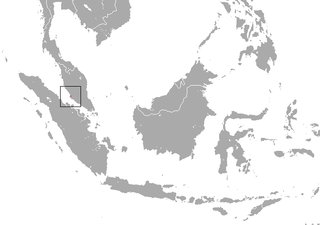
The Malayan roundleaf bat is a horseshoe bat found only in Malaysia. It is listed as a data deficient species.
Xenophrys lekaguli is a species of frog in the family Megophryidae. It is endemic to Southeast Asia and is known from the Chanthaburi and Sa Kaeo Provinces in eastern Thailand and from the Cardamom Mountains in Pursat Province, western Cambodia. The specific name commemorates Thai zoologist and conservationist Dr Boonsong Lekagul.

The grand roundleaf bat, also known as the grand leaf-nosed bat, is a species of bat in the genus Hipposideros. It can be found in China, Myanmar, Thailand, and Vietnam.

Cyrtodactylus lekaguli, also known commonly as the tuk-kai Boonsong bent-toed gecko, is a species of lizard in the family Gekkonidae. The species is endemic to Thailand.

Hipposideros atrox, commonly known as the lesser bicolored leaf-nosed bat, is a species of bat found in Southeast Asia. Originally described as a subspecies in 1918, it was recognized as a full species in 2010. It uses echolocation to navigate and find prey, and roosts in caves during the day.


















